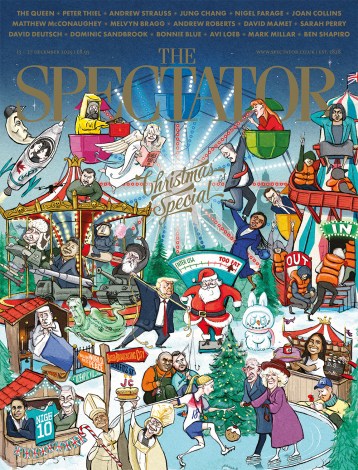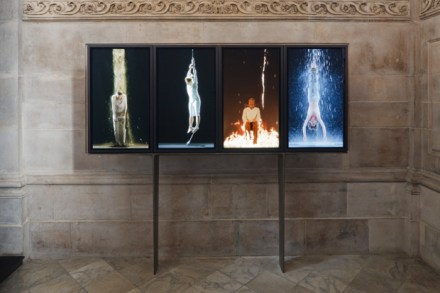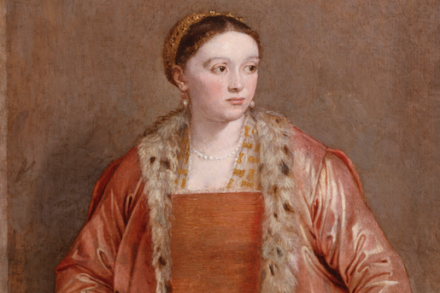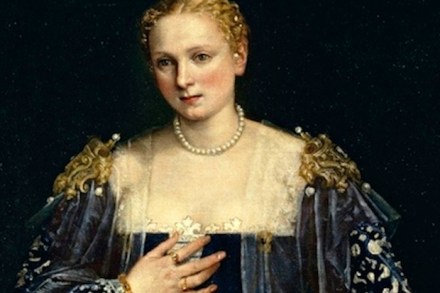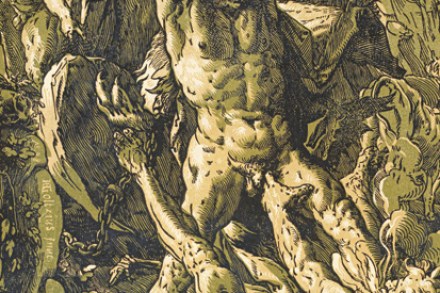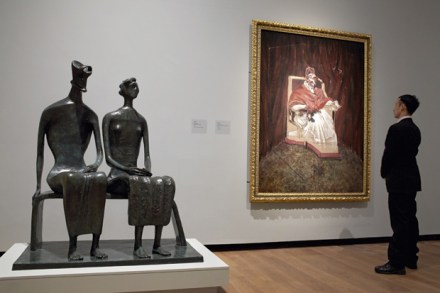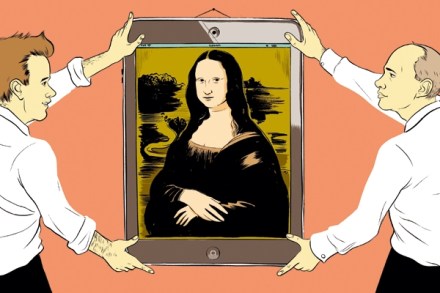The next head of the National Gallery will be...
Nick Penny announced that he is stepping down as head of the National Gallery. Next door, at the National Portrait Gallery, Sandy Nairne also announced that he is leaving. Could he be after the job at the NG? Nick Penny’s predecessor, Charles Saumarez Smith, came from the NPG but his lack of knowledge about the NG collection is said to have led to an internal curatorial mutiny. Sandy Nairne could also be said to lack the knowledge of the collection necessary to do the job well. Furthermore, he is not currently popular with lovers of the gallery, some of whom believe that his dogged pursuit of the overpriced Van Dyck self portrait – an attractive work of so-so

